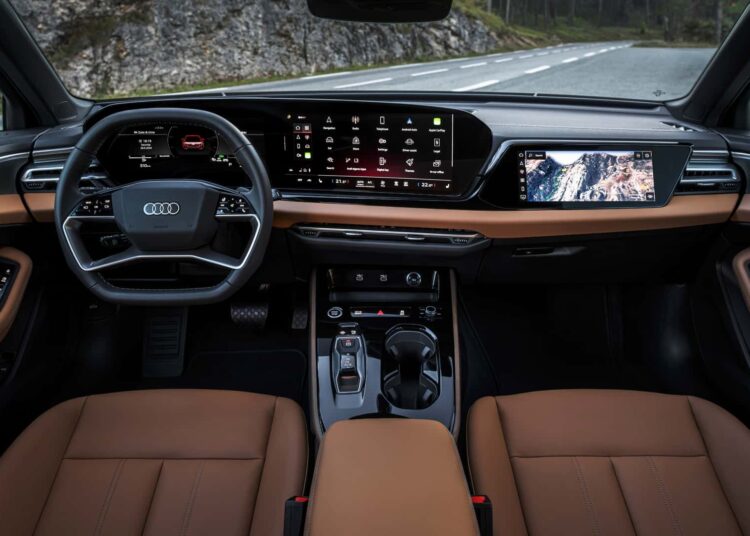Since the mid-1990s, Audi has stood for uncompromising quality in workmanship and materials like no other brand. This laid the foundation for its rise from a gray, somewhat brittle-looking corporate mouse to a premium manufacturer on par with Mercedes and BMW in terms of image. Recently, however, this nimbus has begun to falter.
On the one hand, this is certainly due to the management chaos of the past few years, where the heads of development have been in a constant scramble, resulting in considerable delays in the introduction of vital new models. The backlog of new cars has now cleared up, with six new models presented last year alone: the A6 e-tron, Q6 e-tron, A5 sedan, A5 Avant, Q5 SUV, and Q5 Sportback. In addition, the important A6 Avant with combustion engines will be presented in a few weeks’ time.
As far as the model portfolio is concerned, Audi has certainly closed important gaps. However, a closer look at the new vehicles immediately reveals the next problem. The quality of the materials used in the interiors of the A6 e-tron, Q5 and co. is in some cases very disappointing and is likely to be met with incomprehension by most regular Audi customers.
Photo by: Audi
Audi Q5 (2024): Painted plastic instead of metal surfaces on the door of the Q5

Photo by: Audi
Audi A5 Avant (2024): High-quality framed display, but weaknesses in the materials that are not directly visible
It’s not so much about the things you see or touch at first glance–everything is still in the green zone. But what is hidden underneath is something that would not have existed a few years ago. The consistency of the hard plastic on the door panels and glove compartment is frighteningly simple. And what the rather carelessly painted plastic parts around the door opener and center console will look like in four or five years’ time will certainly be exciting. Chrome surrounds? Solid metal parts? Not a chance.
In the past, an Audi interior looked as if it had been milled from a solid block, but today, the red pencil is noticeably and audibly in charge. This is a real tightrope act given the still extremely ambitious price expectations of Audi, and one that could pay off in the long term. At least, this realization seems to have dawned on those responsible.
At the driving event for the new Q5, Oscar da Silva Martins, Head of Product and Technology Communication at Audi, was unusually open in his self-criticism and said to journalists present when asked: “We have certainly been better in terms of quality in the past, but we will get there again.” He added that the demands of customers and the media on Audi quality had perhaps been slightly underestimated. Perhaps savings had been made in the wrong places.
These are words that you don’t usually hear from the industry with such openness and which certainly deserve respect. In addition, other Audi officials held out the prospect of improvements in this area in the near future. With the facelifts of the latest models, the lesser materials should be a thing of the past. It is possible (hopefully) that they will also react to this in the upcoming new models.

Photo by: Audi
Stefan Wagner in the new Audi Q5 (2025)
In the Ingolstadt-based company’s defense, it should be mentioned that in most cases, the competition with the three-pointed star is no better. At Mercedes, too, the quality of materials has declined noticeably over the last few years. No vow to improve has yet been heard from them. BMW, on the other hand, bottomed out at the beginning of the 2010s with the then-new 3 Series (F30) and has improved since then.
We keep hearing from development circles that constantly tightening standards for emissions, crash safety, cyber security, and homologation are having an extreme impact on development costs and that this has to be compensated for elsewhere. Nevertheless, German premium manufacturers, in particular, should not cut corners when it comes to one of their major hobbyhorses: outstanding quality. We are very curious to see what happens next.
Read the full article here



























Discussion about this post